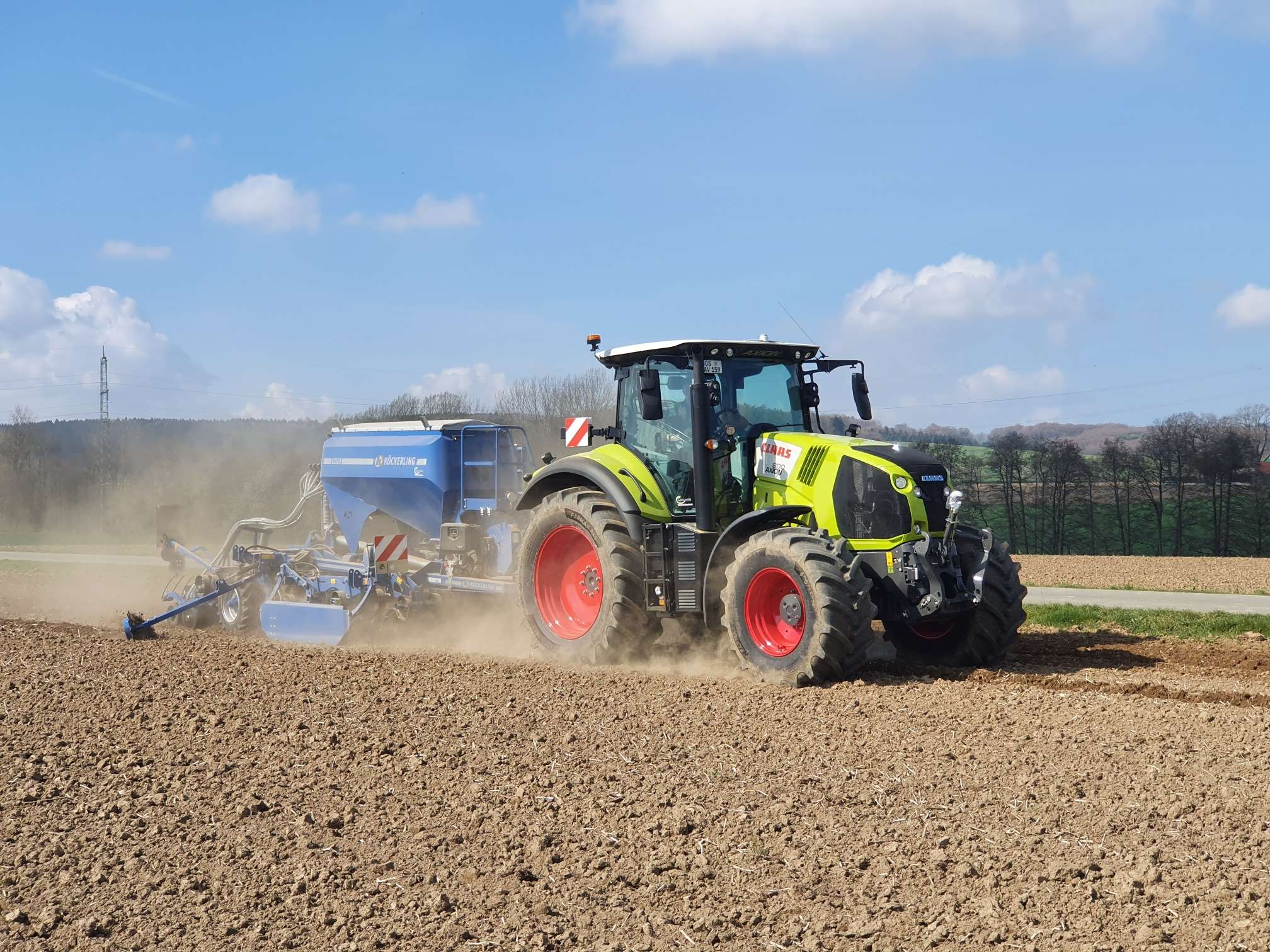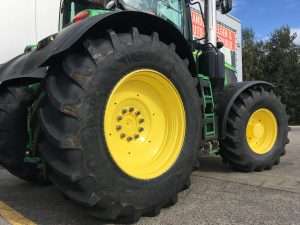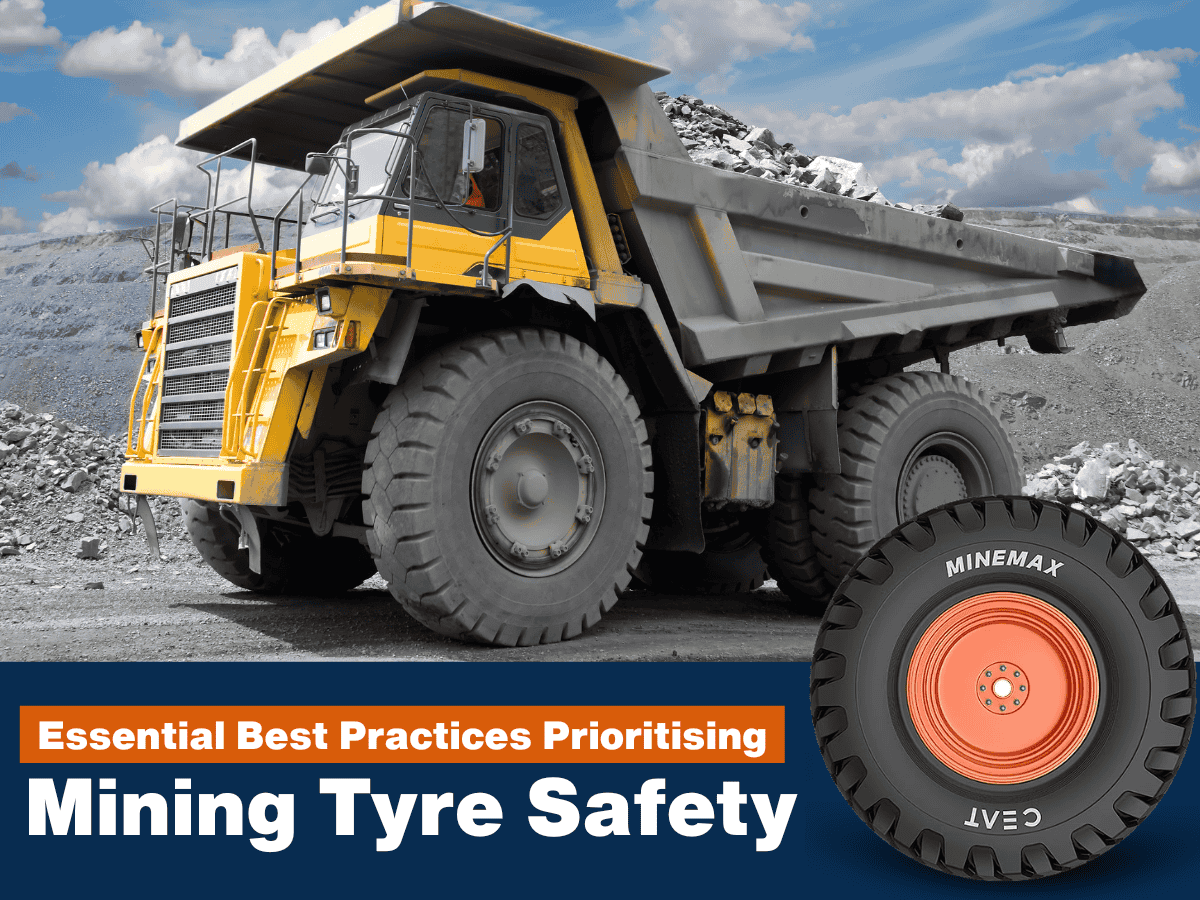ceat-speciality:blogs-tags/all,ceat-speciality:blogs-tags/tyre-care
Six Tips For Getting The Best From Your Tractor Tyres
Fri, 24 Dec 2021 | PRODUCTS
A modern tractor’s advanced productivity features are worth little if it cannot effectively and efficiently put its power to the ground. So, what can owners and operators do to ensure their tractor tyres are up to the task?
1. Tractor tyre condition
When checking the suitability and soundness of tractor tyres in preparation for work, first assess their condition, starting with the tread. Tractor tyres with less than ten per cent tread are unlikely to be capable of good field-holding and grip. Look for cuts in the tread bars that may affect the tractor tyre sability and safety. Also, look in between the bars to ensure the area between each one is free from severe splits and cracks, as this can be a more vulnerable area as the tread bars are worn down over a tractor tyre’s lifetime. Next, examine the sidewalls on both the outside and inside of each tractor tyre. These can potentially become damaged on very stony soils, mainly where ploughing in the furrow is practised. Look for splits and cracks. If these have become serious enough to create bulges, you must replace the tractor tyre.
2. Wheel condition
Also, ensure that the tractor wheels themselves are examined for damage. Rim damage can be of particular concern, as it can seriously affect the security of the tractor’s tyre on its rim, with the potential for blow-out if the bead should become unseated. Wheel nuts should, of course, be checked regularly as suggested in your tractor’s operator’s manual.
3. Inflation gauge and compressor
Before checking tractor tyre pressures, ensure you use a good quality and accurate gauge. You should also make sure your compressor is safe and effective, with regular service by an expert engineer being advisable.
4. Correct inflation pressure
Use the guidelines given by the manufacturer of your tractor tyres to ensure they are inflated to the correct pressures for the tasks, speeds, loads and conditions in which they will be operating. Before commencing inflation, the last of the tractor tyre condition checks should be for the inflation valve itself, ensuring it is clean, undamaged and soundly attached to the tyre. A tractor tyre specialist from your chosen manufacturer or dealer should be able to advice on the correct pressures for the load your tractor will be operating at with a particular implement.
5. Check pressures regularly
Check your tractor’s tyre pressures each day before work begins, as the slightest penetration of the inner carcase and (if fitted) the tube can lead to a relatively slow loss of air, which can have a significant impact on efficacy, efficiency and safety. And while underinflated tractor tyres can slip on the rim and incur carcase damage – as well as resulting in a tractor using more fuel – overinflated tractor tyres can cause more significant soil damage and tyre wear. Both will be costly in the long run.
6. Working tips
With your tractor and its tyres all set for work, it’s worth remembering a few tips for top performance. If working on primary or secondary tillage tasks, use your machine’s wheel slip monitor to ensure slip is kept in the ideal range, with slight slippage helping to transfer tractive force from the tractor tyres while protecting the topsoil. Slip should be no more than 12-15%. On the road, meanwhile, it goes without saying that smooth acceleration and braking will help get the maximum wear life from your tractor’s tyres , while on tarmac or yard concrete keeping tight turns to a minimum where possible will minimise scrubbing.
Follow these six guidelines, and you will get the best from your tractor tyres – and your tractor.








































































































































